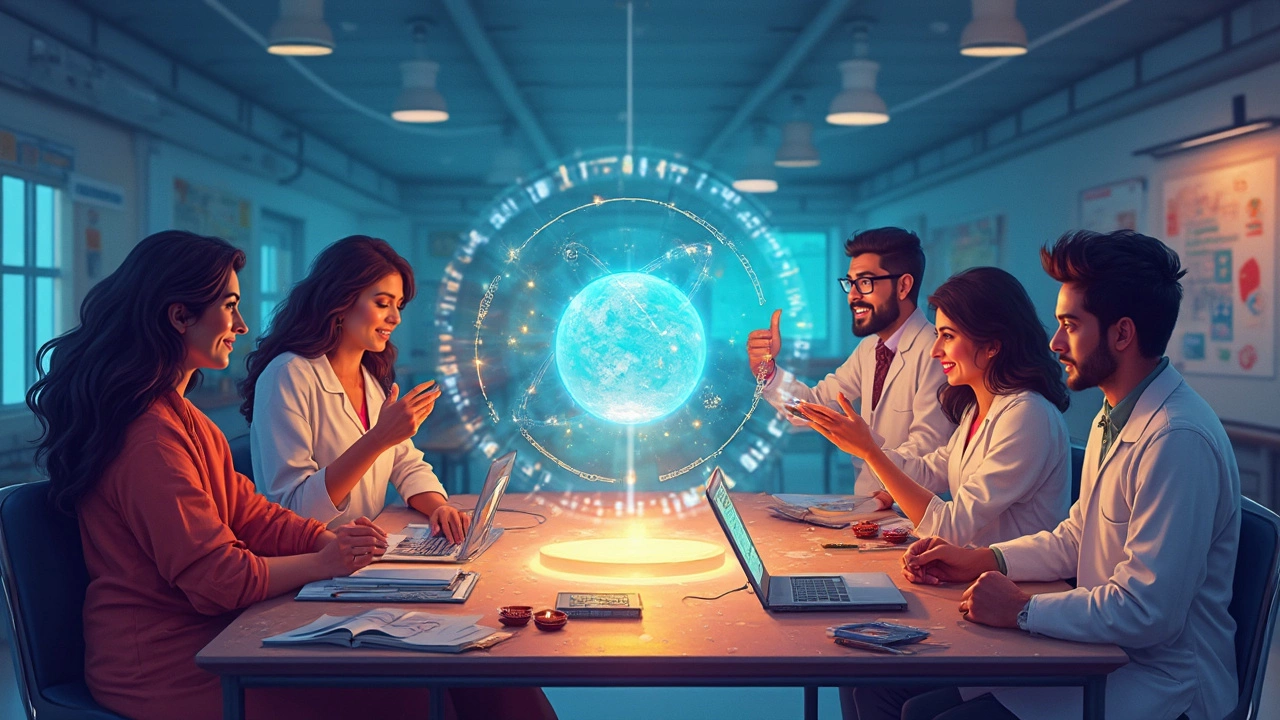Pros and Cons: Weighing Real-World Trade-Offs in Science and Tech
When we talk about pros and cons, the balanced evaluation of benefits and drawbacks in real-world applications. Also known as trade-offs, it's not just theory—it's what scientists, engineers, and policymakers wrestle with every day when deciding what to build, fund, or scale. There’s no such thing as a perfect solution in STEM. Every breakthrough comes with hidden costs, unintended consequences, or tough compromises.
Take renewable energy, power generated from natural sources like sun and wind that don’t deplete. Also known as clean energy, it saves money and cuts emissions—but it needs land, storage, and grid upgrades. Wind is the cleanest energy source by emissions and land use, but not everyone wants turbines near their homes. Solar is growing the fastest, yet panels need rare minerals and proper recycling systems. The pros and cons aren’t abstract—they’re in your electricity bill and your neighbor’s rooftop.
Then there’s technology transfer, the process of moving research from labs to real-world use. Also known as knowledge transfer, it sounds simple: a lab invents something, a company makes it, people use it. But in practice, most tech fails because no one planned for maintenance, training, or local needs. A water purifier might work in a lab but break down in a village without spare parts. A diagnostic tool might be accurate but useless if doctors don’t understand it. The pros—faster cures, better tools—are real. The cons—poor design, no support—are why so many innovations never take off.
Public health programs, planned efforts to prevent disease and protect communities. Also known as health initiatives, it have saved millions in India—polio vaccines, smoke-free laws, clean water drives. But they’re not cheap. They need constant funding, community trust, and cultural sensitivity. A program that works in Delhi might fail in a remote village because of language, access, or stigma. The pros? Lives saved. The cons? Constant effort, political shifts, and invisible work.
Even biotechnology, using living systems to develop products like medicines and biofuels. Also known as genetic engineering, it offers ₹25 lakh salaries and breakthrough cancer treatments—but it’s expensive, regulated, and slow. A gene-editing cure might help one patient, but scaling it to millions? That’s where the cons kick in: cost, ethics, and access.
You’ll find all these trade-offs laid bare in the posts below. No fluff. No hype. Just the real numbers, real stories, and real choices behind what’s changing India’s science landscape. Whether it’s why solar is growing faster than wind, why data scientists spend half their time talking to nurses, or why healthcare researchers juggle five different pay sources—you’ll see the full picture. These aren’t just facts. They’re decisions. And every decision has a cost.




